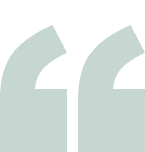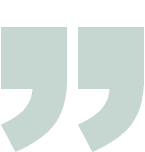Earlier this year, I encountered Zentangle™. I don’t remember if Amazon “pushed” one of it’s titles to me or if I plucked Joy of Zentangle: Drawing Your Way to Increased Creativity, Focus, and Well-Being from a shelf at Barnes & Noble. But, I soon began to horde a small cache of Zentangle books and supplies with very good intentions. I would master the delightful doodle and be a better designer for it. Finally, months later, I actually opened one of the books and began to “tangle,” daily—almost. The book I’ve been using is One Zentangle A Day—A 6-Week Course In Creative Drawing For Relaxation, Inspiration, and Fun by Beckah Krahula. Although, I haven’t completed each lesson in one day, I am hooked.
Zentangle is defined by its developers, Maria Thomas and Rick Roberts, on their Zentangle.com website, as:
“The Zentangle Method is an easy-to-learn, relaxing, and fun way to create beautiful images by drawing structured patterns. Almost anyone can use it to create beautiful images. It increases focus and creativity, provides artistic satisfaction along with an increased sense of personal well being. The Zentangle Method is enjoyed all over this world across a wide range of skills, interests and ages. We believe that life is an art form and that our Zentangle Method is an elegant metaphor for deliberate artistry in life.”
The yoga-like practice of daily drawing as meditation has appealed to me for years. Regular training of my creativity muscles the way a musician practices her instrument makes sense to me. Although I have explored similar approaches to drawing in the past with Betty Edwards’s 1989 Drawing on the Right Side of the Brain, and Frederick Franck’s, 1973, Zen of Seeing: Seeing/Drawing as Meditation, I have demonstrated about as much discipline as a third-grader with a dusty clarinet.
One mid-August morning as I sat on my brother’s deck—pen in hand, he looked over and said, “Zentangle? I’ve done that with my students before. They love it.” He’s an art teach in the suburbs of Albany, NY. “You know, I’ve got a class in the middle school this year, maybe I’ll start them off with that. Every time I’ve introduced Zentangle to a class and they get going, it gets really quiet. They just get completely absorbed even if they came in complaining that they can’t draw.”
I’m not yet sure whether Zentangle is an art form, a practice, a healing therapy, or a warm-up exercise for artists and designers much as running scales is for a musician. Nor am I sure how long my newfound commitment will last. I am pleased, however, to have picked up a pen (several actually), sharpened my pencils and supplied myself with paper and, for a little while each day, to have loosened my grip on mouse and keyboard.
Here is a peek into my sketchbook:








This sounds really interesting. I’ll have to check it out.
These accounts and suggestions are great! I have also tried the books you have listed in the past, Franck’s was a step more in the right direction i.e. medative training. Zentangle is a very interesting concept and I’ll certainly check them out. Thanks you for the post.